1350 Paper Textures / Grains for Corel Painter
graphicxtras > Corel tutorials > Corel Painter tutorials > Corel Painter Grain Pattern tutorials
BUY 1350 Paper Textures for Corel Painter includes distress paper textures, rough paper textures, geometric grains, hi-tech, weird, mottled and more. PAP format (PC and mac) which needs to be imported via the legacy paper library command in Painter
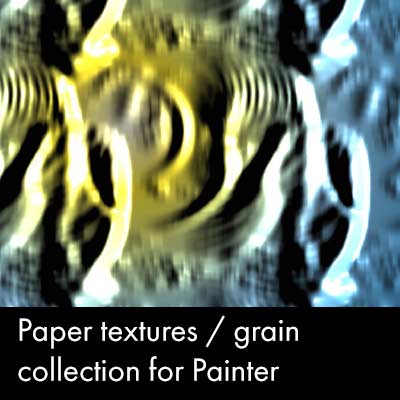
All the Painter Grains are for commercial use, all royalty free, all are by graphicxtras.com Paper textures / paper grains for Corel Painter gallery
Loading paper textures PAP in Corel Painter
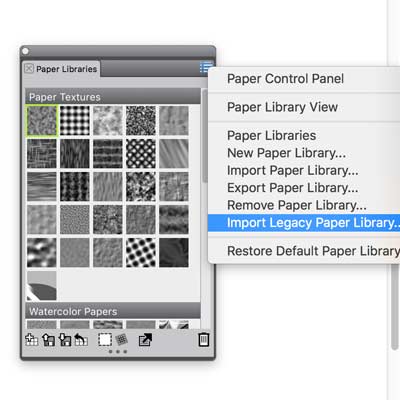
-
go to the window menu
-
paper panels
-
paper lbraries
-
Use the paper textures panel
-
right side menu
-
import legacy paper library and then you will see the grains in the paper libraries panel
The format now works with PC and MAC with 12+
Note that I reference paper grains but hey are the same as papers and paper textures: the name has changed, that is all. There is no installation folder for the grains / paper textures.
Just browse for the PAP files.
No particular install folder is required so you can place the paper textures / grains in any folder
Load PAP library and access paper / textures paper grain designs tutorial (earlier versions)
Once you have the grains panel open
-
go to the load library menu on the panel
-
load the PAP library (there are many different PAP libraries as it would be impossible to include all the grains in a single file).
The grains can be scaled, the contrast changed via the grains sliders
Painter and Paper brushes
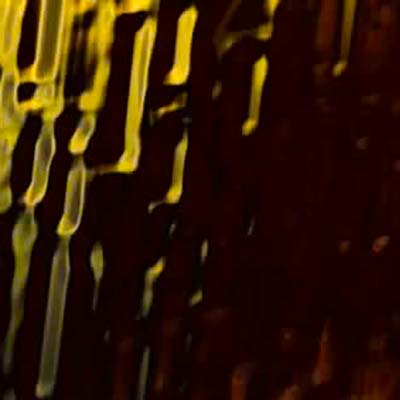
The grains can then be applied in a variety of ways in Painter: Painter brushes for one (to paper method) as well as most of the effects (a dropdown can be set to original luminance, paper - the one you want is the paper method) in apply surface effect, express effect and more
How to use with the glass distortion effect
They can be used in many other areas by using the selection / paper grains option to select an area and then use visual effects such as lighting.
My favorite for the paper texture PAP files is the glass distortions and you can use them in many different ways to create all kinds of glassy effects. All the presets are seamless for any size of work.
Surface effect / Paper Textures
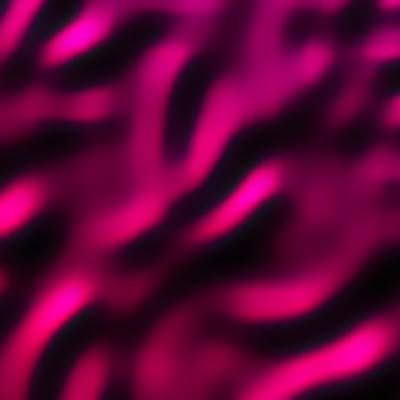
They can be blurred and they can be added as surface effects. Great designs can be created just by changing the color of the lights and the angle of the lights in the apply surface effect dialog. They can also be used in many other effects and combined with the effect via selections if you cannot use them directly and as such can be used to create amazing visual effects in seconds and the results can be exported to use in other applications that do not have so many wonderful (and it has to be said, esoteric effects) settings
Paper / Textures / format
They were created a while ago so now the grains DPI might not be the greatest for all kinds of design work if you require a large DPI (say documents 4000 x 4000. You can scale them and smooth to a great degree and still create truly wow image and texture effects as well as distortions with them. The original format was not cross platform so both platform sets are included. The latest versions of the presets are now cross platform but the same approach is there and both can be used with the latest version.
How can I use them with the glass distortion
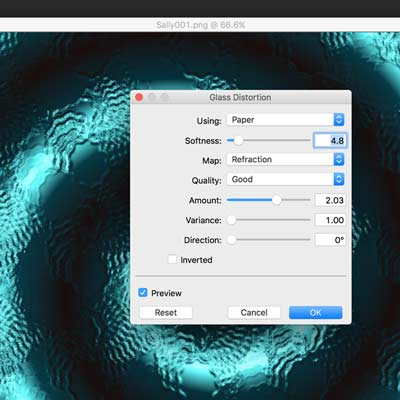
The Painter paper grains are great for glass and metallic effects.
Use in the glass distortion effect (found in effects > focus category). See image on the right for the effect of the glass distortion using the paper setting
Modify the softness, variance, direction, and glass mode. Fade / re-apply and more. All the PAP files supplied from graphicxtras.com can be used with the glass distortion effect.
Tiles
Use the grains as a source for tile 'original luminance' option in distortion / surface methods in Painter. Use as a source for mosaics or brush strokes or clone sources. Or use them via tiles as a source for clone color or for impasto brush effects. The grains can also be easily added to the tiles libraries. Just create a file to the original proportions of the texture and then use the express effect or other command and apply and save the preset or use the define tile in the tile panel.
How to use them with the apply screen effect
'Apply Screen' uses the paper to excellent effect. Use to create superb screened effects. Modify the various thresholds and color settings to create a wide range of weird and wonderful flat color screens (great for web design) or blur or use the depth of field filter afterwards. The 'apply screen' can be used to create a variety of different different screens, even by simply modifying the scaling or contrast of the screen/grain
PAP library - native Paper grain format
All in this collection are stored in native PAP file format. You can use the paper mover to move the tiles from one PAP library to another. Definitely recommend making a backup of key PAP libraries.
How to use them with the express effect
You can use the papers in 'express effect' command to create stunning black and white imagery. After applying the surface and express effect, use a blur and even use the excellent (if not slightly slower) depth of field filter. Use a color fill to add some color or the color effects. They can be used for superb black and white imagery in 'express'.
How to use them with the distress command
'Distress' effect uses the paper grains and offers a wide selection of edge, edge amount, smoothing, variance and threshold settings to create stunning texture infused image effects. Superb for stunning black and white images and screened effects.
How to use them with the color effect
The 'Color' effect / settings uses the Painter paper grains / textures from Graphicxtras as well. Use the dye concentrations or hiding power settings to create different colored effects on any surface or image.
How to use with them with the adjust dye concentration effect
'Adjust dye concentration' effect uses the paper textures with different max and min. threshold settings to add interesting color effects. Again, the effect also comes into its own when combining different effects such as blurring the result and then reapplying the dye concentrations with different papers or different scaling of the same paper.
How to use with floaters
They can also be used in a number of the floater effects such as glass distortion or the burn effect. Use the grains in the burn dynamic floater to create unusual torn / burnt edges. Use them via clone and clone source in dynamic floater 'liquid metal' (as well as glass distortion floater to layers and text..) to create really interesting floater imagery.
How to use applied surface effect with the paper grains
Effects > 'Applied Surface' and subtle shifts or different color combos and shine settings can be used to create a wide variety of weird paths, wobbly, blobbed, metallic and can be used to generate 1000s of different wonderful color bump surfaces.
How to use them with Pop art effect in Painter
They can be used in the pop art fills by saving the artwork as a tile and then using the original luminance settings
How to use the paper grains / textures with the powerful Painter brushes
Or select a grain brush or use the textures in impasto or use in watercolors or with digital color. You can use them in combo with brush strokes. Most of the brushes (and even RIFFs can use the grain information via a selection or grain/layer) use the grain information depending on the method and sub category such as using a grainy flat cover or grainy edge or using the textures information in various effect methods such as the 'add grain' brush. You can use them as a source artwork for a Painter™ captured brush by using the export feature and then select that and use the captured brush command.
How to use the grains with the motion blur filter
The motion blur and soften and super soften cannot use the preset information but you can awlays simply use the selection commands with the preset data and then apply a smooth or blur to the result.
How to turn them into a shape layer
Use them to create a selection and then 'convert to shape' to create a new vector shape from the supplied seamless tile. The vector shape then can be transformed and distorted or used as a floater (convert to a floater). Apply brush strokes to shape/floater or effects or use the shape/floater as a color effect. Export the shape layer to AI format and others
How to use the paper grains to create wonderful edge effects
You can create wonderful edges using papers in Painter by applying the texture to a rectangular block of white on black or vica versa. They can be used with many of the commands to create different edge effects such as using the glass distortion or apply surface effect command
How to use them with auto painting in Painter
You can use the papers in auto painting by using the apply method / sub category as 'grainy' or using one of the related effects
Cannot use them in Painter™ Essentials 4 3
Not that they will not work with the essential set up, you can only use the latest format with that app.